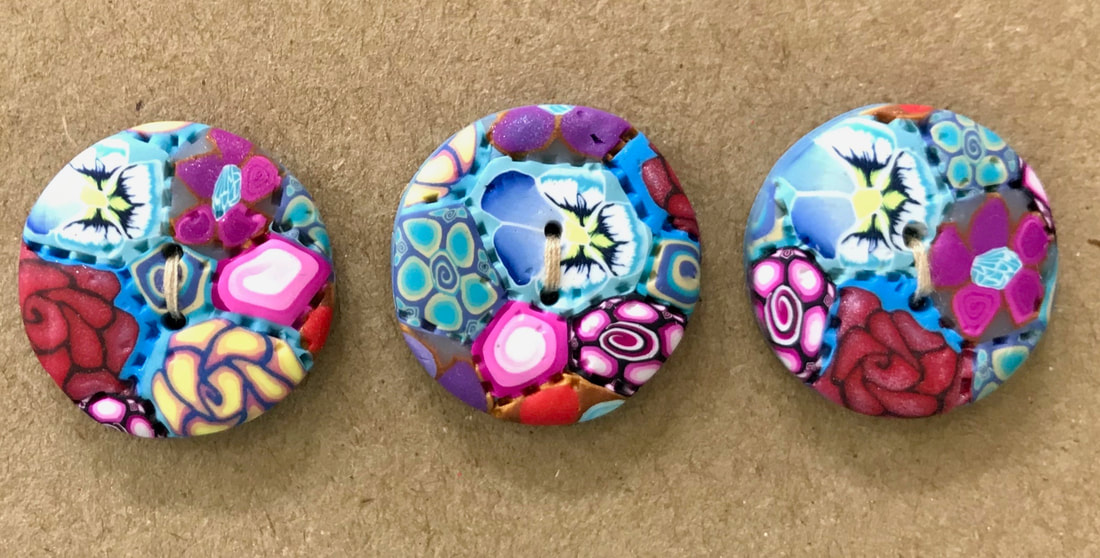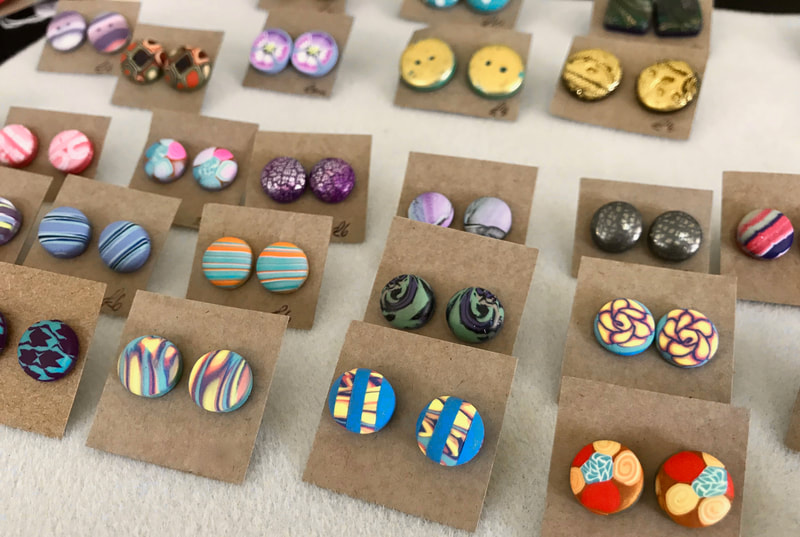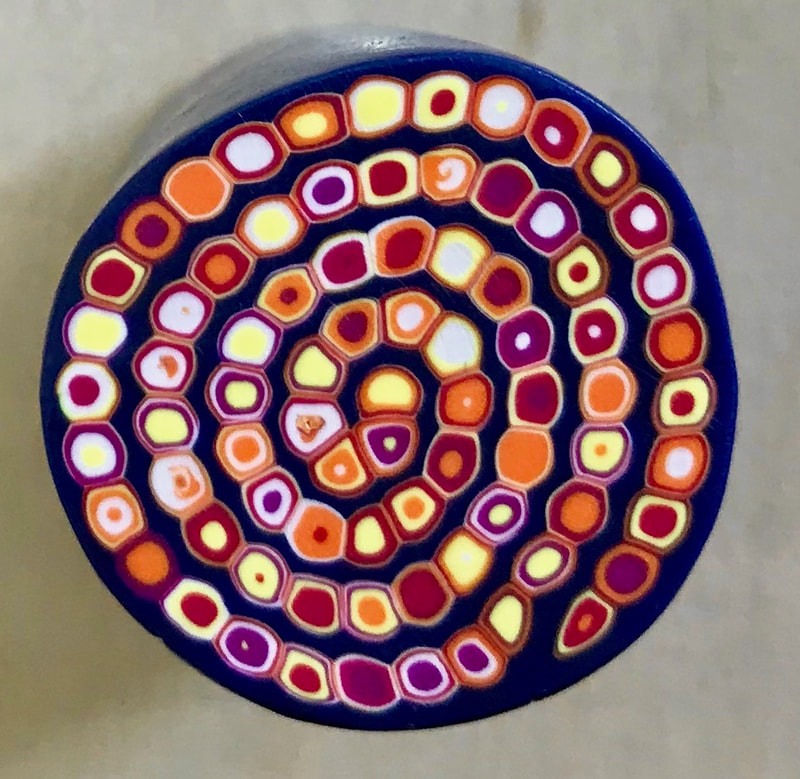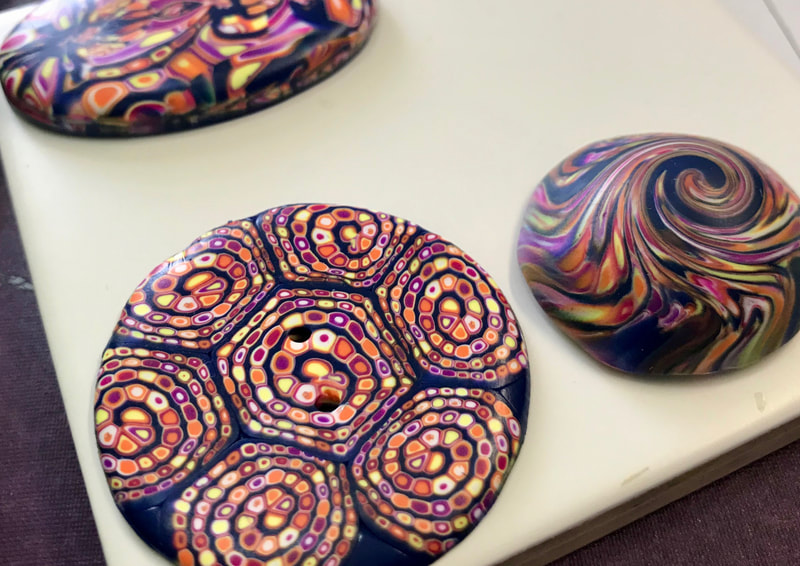|
Sally Boehme has been making jewellery for nearly 30 years using many materials - glass beads, lead crystals, pearls, semi-precious stones, polymer clay, fabric and wire. Often, a unique piece be it a cabochon or bead, will set Sally off on an extraordinarily creative journey. Sally has published work in Bead, Beadwork, Vogue and WI Life magazines over the years. One of her intricate beaded collars was featured in Vogue magazine, after she was contacted by them for an article, and Beadwork Magazine, which is an American publication, featured her waterfall necklace project. This project was a particular favourite for Sally. She had seen a necklace which had been based on a spiral pattern, and this was the basis of her inspiration. Beadwork is much like knitting and crochet in that it uses lots of stitches, so Sally decided to use a Spiral Herringbone stitch, which created the waterfall effect and was interwoven with leaves and flower shaped details. One string of the main spiral is shorter than the other, causing it to twist on itself into the tight spiral shape. The same principles as when a climbing vine winds its way up a cane because one side of the stem (in the sunlight) grows faster than the other. Today however, at Ardington School of Crafts, Sally is working with her students to create a kaleidoscope of polymer clay jewellery. What is Polymer clay?
It's a type of malleable hardening clay in a rainbow of colours and effects such as glitter and mica flakes. It can be moulded and cured (that means baked!) in a domestic oven at just 130 degrees centigrade, so it makes for the perfect home craft. The ‘Polymer’ part of the name refers to its chemical base in polyvinyl chloride, so it is a plastic, but despite the bad press some other plastics are currently getting, it’s interesting to note that Polymer clay models can now be found in many major museums in America. Why do you like to work in it? Sally says ‘it’s an addiction! It’s sucked me in and won’t let me go. It’s so versatile, and I have used it for miniatures and for jewellery but it can also be used like fabric or for making handbags’. A Google search reveals some fascinating bags sculpted from this material. Sally goes on ‘it can be moulded over wire armatures for sculpture – the possibilities are endless. Perhaps your only constraint is the size of your oven!’
0 Comments
|
Blog categories
All
Author:
|




 RSS Feed
RSS Feed